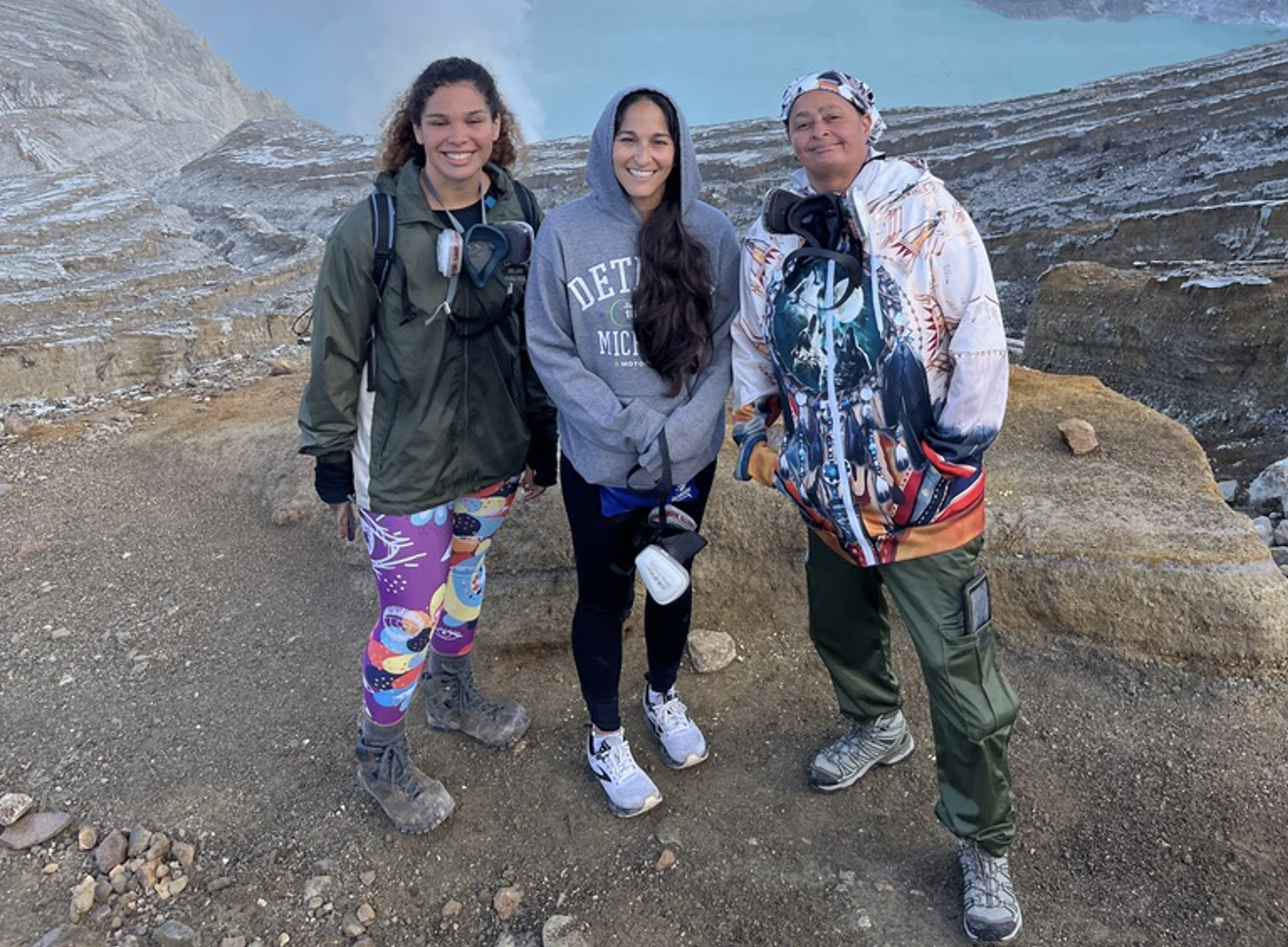Grow Business Thru Customer Experience: Part 2

“Outside In” author explains how the six disciplines of customer experience can help businesses succeed, here are 4 through 6.
Editor’s Note: This article concludes a two-part series. Find part one of this encore mini seres here: 6 Disciplines of Customer Experience
In our book, “Outside In,” my co-author and I introduce the six disciplines that result in a great customer experience: strategy, customer understanding, design, measurement, governance and culture. My previous article discussed the first three disciplines, which together help companies create innovative customer experiences. This article dives into the second three disciplines, which help companies manage customer experience consistently over time.
4. Measurement
How can you measure something that seems as soft and squishy as customer experience? You piece together three kinds of insight that collectively tell you: what happened, what the customer thought happened and what the customer did (or intends to do) as a result of what happened.
Take JetBlue, a decade ago they didn’t have a customer experience measurement program. Today their program is state of the art. After a flight the airline emails a survey that asks passengers to grade each part of their end-to-end process, starting with making a reservation and continuing on through the end of a flight. In the same survey the company asks customers whether they’ll recommend the airline to a friend or colleague. When JetBlue gets the responses back, it attaches data about what channel the customer booked through (e.g., Web or phone), how much they paid for their ticket, whether their flight left on time and whether there were any problems with the flight (e.g., a broken seatback TV). Stringing this information together tells JetBlue what was done right (or wrong) and provides an estimate of value (or cost) to the business.
You can do something similar. Get in the habit of surveying your customers after each interaction, whether those interactions involve sales, product use or service. Some online survey tools like SurveyMonkey and Google Forms are free, so you can try out a measurement program without breaking the bank.
Start by asking your customers to tell you how satisfied they were on a fixed scale that you determine – for instance, from very dissatisfied (1) to very satisfied (5). That level of consistency will let you track your progress over time. In the same survey, ask them a question relating to a business benefit that’s important to you, such as how likely they are to consider you for another purchase. Be sure to once again use a fixed scale like (1) very unlikely to (5) very likely.
When you get the responses back, attach a short description of what happened – like what the customer bought, from which employee and when. That will let you assemble your own end-to-end picture of what types of experiences satisfy your customers and how much their satisfaction is worth to you.
5. Governance
The customer experience governance discipline helps organizations manage customer experience in a proactive and disciplined way. If your customer experience strategy is your game plan, then the governance discipline supplies your referees and your rule book.
You already perform governance practices in other parts of your business. Good governance results in your paychecks going out on time. It results in you paying your taxes, balancing your books, keeping your inventory flowing and all the other activities that need to get done consistently on an ongoing basis.
Customer experience governance is no different. It starts by assigning specific tasks to people as part of their job responsibilities. For example, managers of LEGO stores are required to respond to personal emails from customers every time one arrives in their inbox.
But governance isn’t just about oversight. It also establishes processes that force customer experience concerns into the mix when making day-to-day business decisions. Take Canada Post, the postal service for Canada which, unlike our own USPS, has turned a profit. It requires all funding requests from any department to answer ten customer-focused questions in the business case. This ensures that all leaders think not just about how their projects will affect the bottom line but also about how they’ll impact the customer experience.
Don’t be afraid to try some of these practices yourself. Review job descriptions to find opportunities for inserting customer-centric activities that are relevant to your business and then hold people accountable for performing those activities. Similarly, start examining your processes to find places where a customer experience reality check belongs. That can be as simple as requiring people to write a paragraph describing how a proposal will affect customers whenever they ask for funding for a project.
6. Culture
The culture discipline creates a system of shared values and behaviors that focus employees on delivering a great customer experience. It’s the secret weapon of companies that lead at customer experience, like USAA and Zappos.
Culture starts with hiring, which many managers get wrong. That’s because they’re still looking primarily at what their candidates know – their job skills – and not focusing on who their candidates are. That’s a problem because you can teach people skills and how to perform tasks, but if they don’t want to help customers, you’re not going to teach them to be different people.
Are there really that many people out there who just don’t want to help customers? Yes. Kevin Peters, the president of Office Depot North America, asked all 22,500 store associates to take a personality assessment test designed to evaluate employees’ skills, behaviors, and aptitudes as they related to serving customers. To his surprise and disappointment, a significant percentage agreed with statements like: “If the job requires me to interface with customers, I’d rather not do the job.”
To avoid falling into the trap of hiring people who won’t help you deliver a great customer experience, hire the will, train the skill. For example, during the interview process, ask candidates to describe a time when they helped a customer. If they can’t come up with an example, or if their example sounds contrived, they’re probably not someone you want.
What do you do with the employees you already have? Start by training them in relevant customer-centric behaviors, like asking open-ended questions (“How can I help you?”) and not closed-end questions (“Can I help you?”). And to seal the deal, tie formal and informal rewards to customer-centric behaviors. For example, at Enterprise Rent-A-Car, no one with below-average scores on the Enterprise Service Quality index can move up to senior management.
Delivering Superior Experience
By adopting the six disciplines outlined in my book, “Outside In: The Power of Putting Customers at the Center of Your Business,” any sized company can succeed by delivering a superior customer experience. In the book, my co-author and I document the practices of companies that have succeeded in doing so. These organizations represent a mix of industries. Yet all of them adopt the same fundamental practices, which they tune to their specific needs.
Whether they’re large or small, companies that want to produce a high-quality customer experience need to adopt six disciplines that result in a great experience.
Related content:
Part 1: 6 Disciplines of Customer Experience
Smart Companies Listen and Respond to Customers- 5 Steps
Top 7 Ways to Show Your Customers You Care
4 Definitive Examples to Understand and Serve Your Customers




